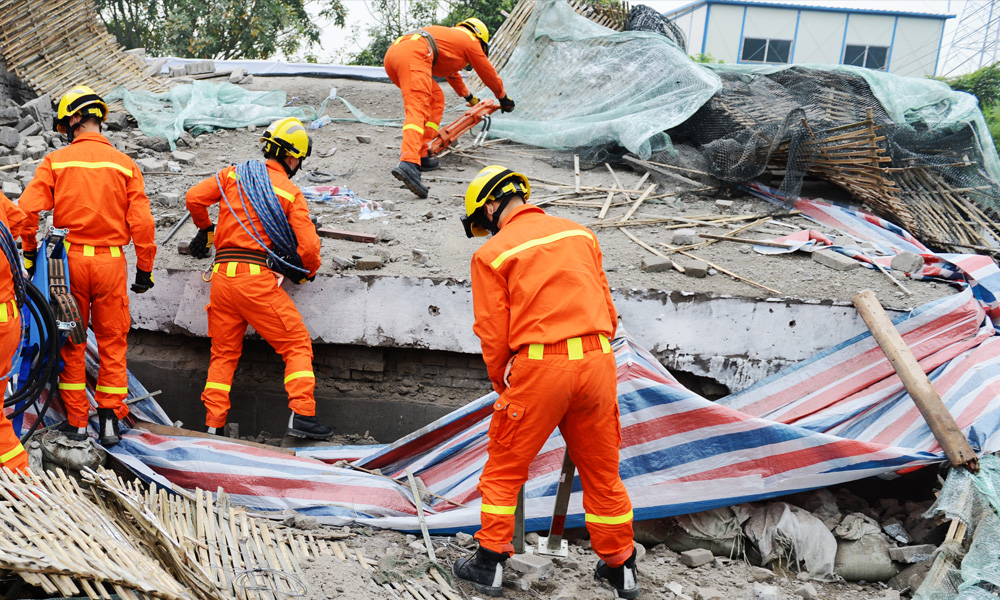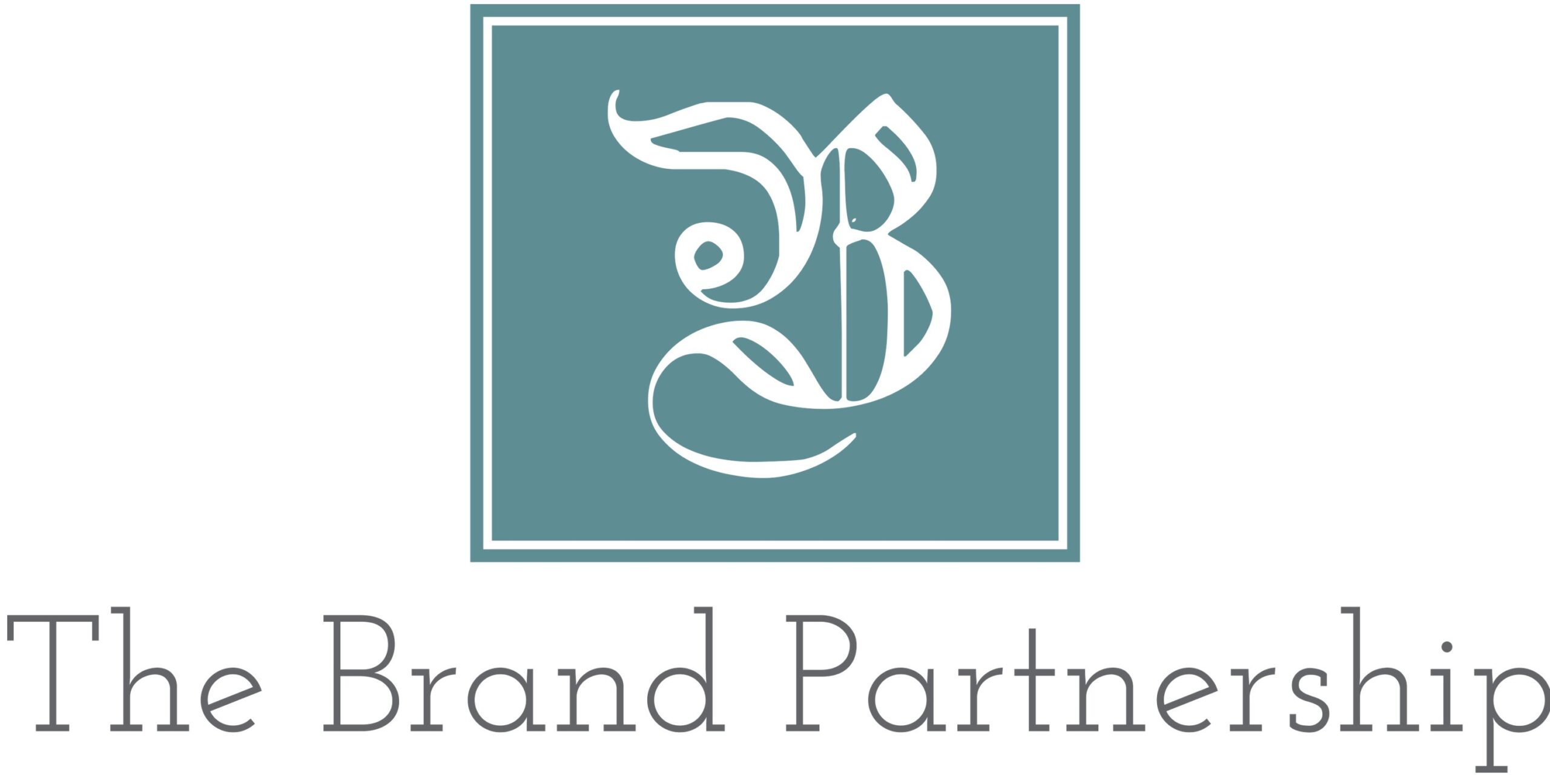
Why do so many companies not adequately prepare for the types of issues that could impact their reputation and trust in their companies and products, erode their sales, and even damage their company’s valuation and stock price?
I have worked with clients on issues preparedness and crisis management for more than 35 years. Each client and issue has been different. But there is one global, consistent truth: being prepared can be the difference between success or failure.
In the heated moment of an escalating issue or full-blown crisis, it is often difficult to get executive and board alignment on operational and communications responses, let alone gather all the information to be able to act on the matter or draft the initial communications to various stakeholders.
YOU HAVE NO TIME TO LOSE IN A CRISIS
We live in an always-on online world. What used to allow 24 hours to gather the facts and develop a response strategy has become seconds or minutes before someone learning about an issue will post about it and media could notice that.
Sound advice for executives, communications pros and brand managers is to have a well-thought-out digital crisis protocol and plan in place that is easy to understand, activate and use.
10 STEPS TO PREPARING FOR A CRISIS
At a minimum, a crisis communications plan should have the following defined and in one place online that is easily accessible:
· Crisis response team members and 24-hour contact information (this should include company leadership, crisis team members, legal, HR, operations, customer service, marketing and public relations, IT, QA, and others in your organization who have domain expertise or geographic oversight that may be critical in a moment of crisis.
· A written activation protocol. Who contacts whom for what type of issue? If you decide to activate via phone and text, have a calling tree system or preset text groups established in advance.
· A vulnerability audit with assigned numbers (1-3) that outline what level of severity you rank each threat. This number will correspond to how you will activate the response team, who initially will be alerted, and what your initial response approach will be. A low threat may be a text to a few as an FYI. A medium threat may be a call and text to a broader group, and development of key messages and a holding statement. A high-level threat may be a phone call to the CEO and board chair, as well as the greater crisis team, and development of a full crisis response.
· A media response philosophy. Everyone should agree to how you will respond to media inquiries and have that in writing (e.g., no calls but written responses, written responses on letterhead or no letterhead, from an identified spokesperson or not).
· Identified spokespersons for each area of identified risk/subject matter. How good are your pre-selected executives at conveying challenging content? Have they been media trained? Have they been crisis trained?
· 6-8 pre-identified scenarios (most likely to most damaging) for which you define the operational and communications strategic approach and pre-draft the key messages and template communications materials, including a media holding statement.
· Crisis website dark site pages. Just like the pre-written scenarios, messages and templated materials, you can pre-develop content that with just a bit of editing in the moment can go live. This reduces time and stress. For example, if you are a lettuce grower, you should have dark web pages you can release on food contamination, product recall consumer steps, etc.
· Line up in advance some third-party resources that could aid you in challenging times. This could include partners, advocacy groups, non-profit associations and the like that would help tell a fair and balanced story on your behalf.
· A virtual toolbox of checklists, forms, database lists that would be helpful in a crisis. This can include an issue intake form (all the facts as they are breaking); a media inquiry form; databases of customers, distributors, partners, board members, media, employees, regulators, non-profit associations, and much more.
· Your company’s employee policies on speaking with the media and social media posting. If you have not developed these, you should. They should be in an employee handbook; when an issue arises, you can remind employees they are not to speak to the press or what your policy is about posting unfavorable company news on their social platforms.
A good crisis plan provides best practices, sound advice, tools, pre-developed strategy and content that can easily be updated when a real crisis hits. If you’d like to learn more about how you can prepare for a crisis or issue, or get a custom-built crisis plan developed for your company, email judy@thebrandpartnership.com. You might find this Forbes article of value.
About the Author
Judy Johnson, founder of The Brand Partnership, has assisted dozens of clients with brand reputation management, and issues and crisis preparedness and management. Some of these include California Avocado Commission, California Strawberry Commission, Children’s Hospital Orange County, Coldstone Creamery, Cunard Line, Disney, Dole, Hass Avocado Board, Kaiser Permanente, Kinko’s (now FedEx), Las Vegas Sands Corporation, Met-Rx, Nestle, Princess Cruises, Spring Education Group, Toyota, and Zicam Cold Remedy.
